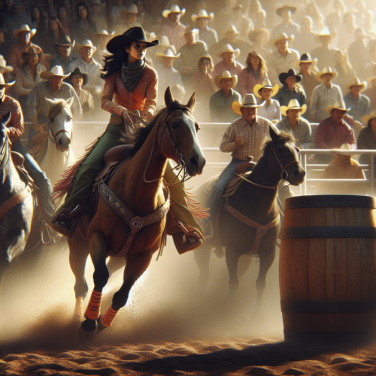Unveiling the Dynamics of Production Car Racing: Rules and Classifications
Within the realm of production car racing, the excitement and allure pivot around the capabilities of production vehicles—those cars that are available for purchase by the general public—dialed up to their performance peaks within the confines of strict regulations and classifications. This ensures a competitive and fair racing environment where driver skill and team strategy become as vital as the car's performance.
The cornerstone of production car racing is its adherence to a set of rules designed to maintain a level playing field. These rules often circumscribe the types of modifications allowed on the vehicles, specifying in detail what can be changed from the production model and what must remain stock. Typically, safety enhancements, such as roll cages, racing seats, and harnesses, are mandatory, while upgrades to suspension, braking systems, and some engine components may be permissible to improve performance within the limits of the rules. Unlike purpose-built race cars, production race cars must retain a close resemblance, both aesthetically and mechanically, to their street-legal counterparts.
One major facet is the classification system that segregates cars based on factors such as engine size, power-to-weight ratio, drivetrain layout, and level of modification. The aim is to pit similarly capable cars against each other, creating a competitive environment regardless of manufacturer. Some common classification systems include:
1. **Showroom Stock** – As the name implies, these cars are as close to the showroom models as possible. Modifications are extremely limited, often restricted to safety equipment and very minor handling or performance enhancements.
2. **Street Tuner (ST) and Grand Touring (GT)** – These classes see more modifications that can be made, but cars are still heavily based on the street-legal versions. The ST class typically features smaller, less powerful vehicles, while GT classes deal with more powerful sportscars and touring cars.
3. **Super Production (SP) Classes** – These are further up the performance ladder and allow for more extensive modifications. They are still based on production models but have more leniency in terms of what can be modified.
4. **One-Make Series** – Manufacturers or organizations may have specific racing series for one particular model or a range of models from the same manufacturer. These series showcase the capabilities of the vehicles and the talents of the drivers in a controlled environment with identical machinery.
Each class will have its own specific set of rules that can even vary from one racing series to another—national and international.
The Adrenaline Rush: Behind the Scenes of a Production Car Racing Event
Production car racing, one of the most authentic forms of motorsport, captivates audiences with its high-speed adrenaline and raw competition. Unlike prototype or pure-bred race cars, production car racing revolves around vehicles that are primarily based on road-going models, which are modified to varying degrees to enhance performance and safety on the track.
As the sun rises on the day of the race, the atmosphere within the paddock is palpable. Teams are busy in their respective garages, fine-tuning their cars for the impending battle. Mechanics make last-minute adjustments to the engines, ensuring every component performs at its peak. The smell of high-octane fuel and the sound of revving engines fill the air, as drivers participate in briefings and strategy discussions with their engineers.
In production car racing, obtaining the perfect setup is a meticulous dance between the technical team and the driver. It involves understanding the intricate balance between the car's aerodynamics, suspension, tire selection, and braking systems. This attention to detail can make the difference between crossing the finish line first or trailing behind.
Drivers must be acutely aware of their car's behavior and performance as they navigate the track during practice sessions. The wealth of data and feedback provided during these sessions is crucial for small, incremental tweaks that translate to better lap times. With each lap, drivers and their teams build a deeper understanding of how the car interacts with the tarmac, reacts to different weather conditions, and consumes its tires – all crucial elements to be optimized before the main event.
As race time approaches, the intensity escalates. Drivers don their flame-retardant race suits, gloves, and helmets, carrying the weight of their team’s expectations as they strap into their machines. Safety is paramount, and despite being based on road cars, the racing variants are equipped with roll cages, racing seats, harnesses, and fire suppression systems – a stark contrast to their street-legal counterparts.
The starting grid is a spectacle of focused determination. Each car is positioned according to qualifying times, with the fastest cars taking the front spots. It's here, in the moments before the green light, that the true essence of production car racing can be felt. The collective heartbeat of the crowd rises, matching the idling engines' tempo.
Then there's the launch – a cacophony of roaring engines and screeching tires as vehicles hurtle towards the first corner.




